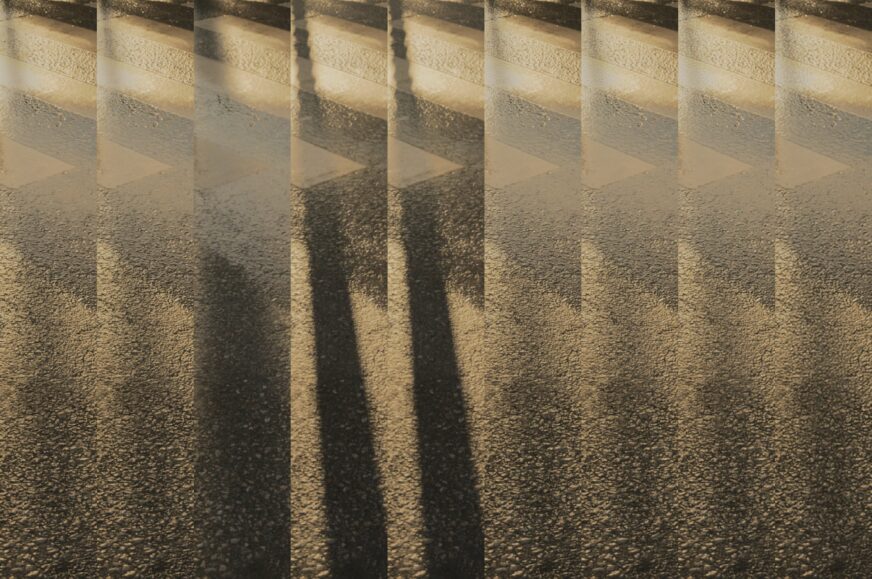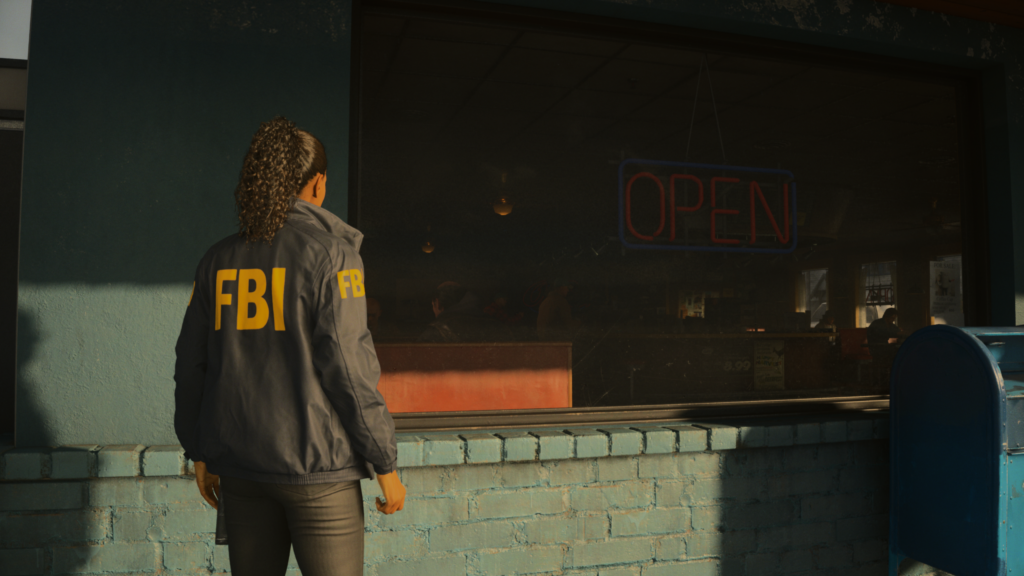Visual analysis I
Alan Wake II is the first game to support Nvidia DLSS 3.5 from the start. In addition to the technological aspect, there is also the high popularity among gamers. This gives us the basic reasons to take a close look at the performance under different settings. In diving in with the gaming performance, we will be interested not only in the visual side, but also the power consumption. Not just of the graphics card, but the CPU as well.
Disclaimer: This article was written in close collaboration with Nvidia. However, all thought processes and data are our own. Nvidia did not interfere with any of the “substance”.
You already had the chance to read the analysis of DLSS 3.5 technologies on HWC. The big new features are Frame Generation and Ray Reconstruction, which we have explaned in an earlier article (linked below). In this piece, we are going to look at the impact of these features in the Alan Wake II game where we are going to test them.
The content of the article can be divided into three parts, where in the first Jan Olšan focuses on the analysis of the visual quality of various scenes. First it’s going to be the visual impact of DLSS Ray Reconstruction when used with native resolution (or better said, with DLAA) and then the impact of the various quality and speed tradeoff settings of the DLSS upscaling technique.
For all the settings, details of which can be found in the test methodology description, gaming performance is also measured. So you can easily keep track how the visuals smoothness, right off the bat on graphics cards with all GeForce RTX 4000 Super GPUs (RTX 4070 Super, RTX 4070 Ti Super and RTX 4080 Super). Lastly with the RTX 4080 Super card, and this is the third part, we also measure the power consumption associated with each setting. We look at graphics card consumption as usual, but also at CPU consumption. The latter is also dependent on the graphical detail settings, where each leads to a slightly different load. After taking all the criteria into account, which one is right for your taste?
Image comparison of the effect of Ray Reconstruction in DLSS 3.5
The first scene
The first scene should hopefully show the improvement in ray tracing quality with Ray Reconstruction. This scene shows an interesting shadow complex behind the staircase attached to the hangar. In the right screenshot, which is with Ray Reconstruction enabled, the shadows are much sharper, which could be correct due to the sharp light of the setting (or is it rising?) sun. Without ray reconstruction (left half), the shadow’s edges are much less sharp, which we assume is not the intention here, but a manifestation of how the shadow calculation works with less resolution.
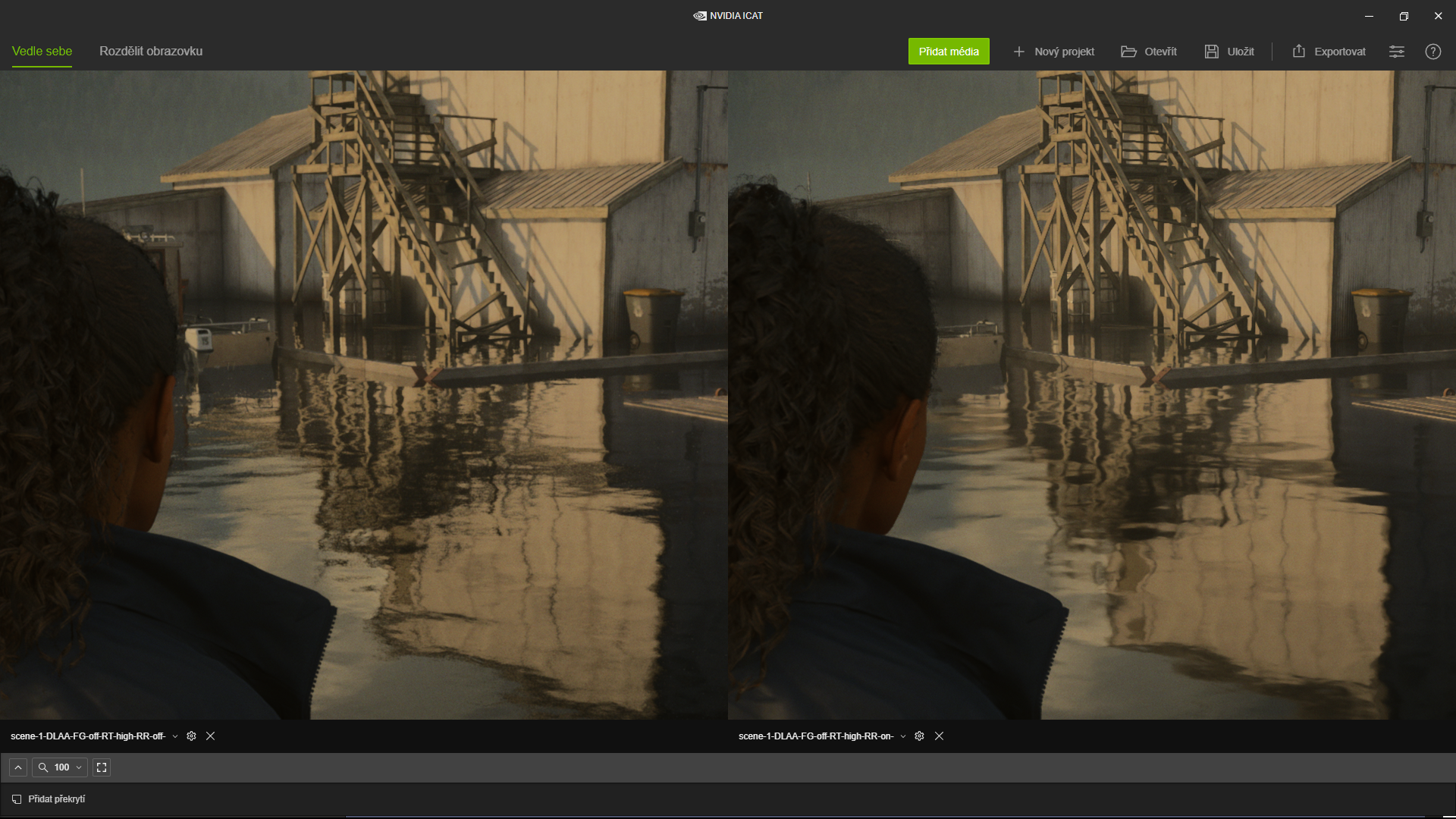
By the way, without raytracing effects, the game basically doesn’t draw a shadow of this structure, or only a hint of it.

In addition, there is a difference in the reflection on the water (reflections are one of the main things raytracing effects handle). In this case, the effect that Ray Reconstruction has on the scene (in the right half of the comparison) is ironically not sharpening, but the opposite.
In the left half of the screenshot you can see that the reflection of the warehouse and staircase in the water is kind of grainy (and quite rough looking), while on the right it’s smoother. In this case it’s probably not the case that the blurriness is indicative of a lower resolution, here the smoothness of the image in the water is probably desired. The coarseness on the left should probably be a manifestation of the lower resolution of the reflection, where the combination of the individual subsamples fails to form a smooth shape properly (probably also because the image is affected by the motion of the simulated water surface) to produce a completely smooth image. Thus, we suspect that the look in the left half (without Ray Reconstruction) is more a manifestation of aliasing rather than a sharper image.
The next comparison will still be the same scene, but we will move to the right to a different part of the image.
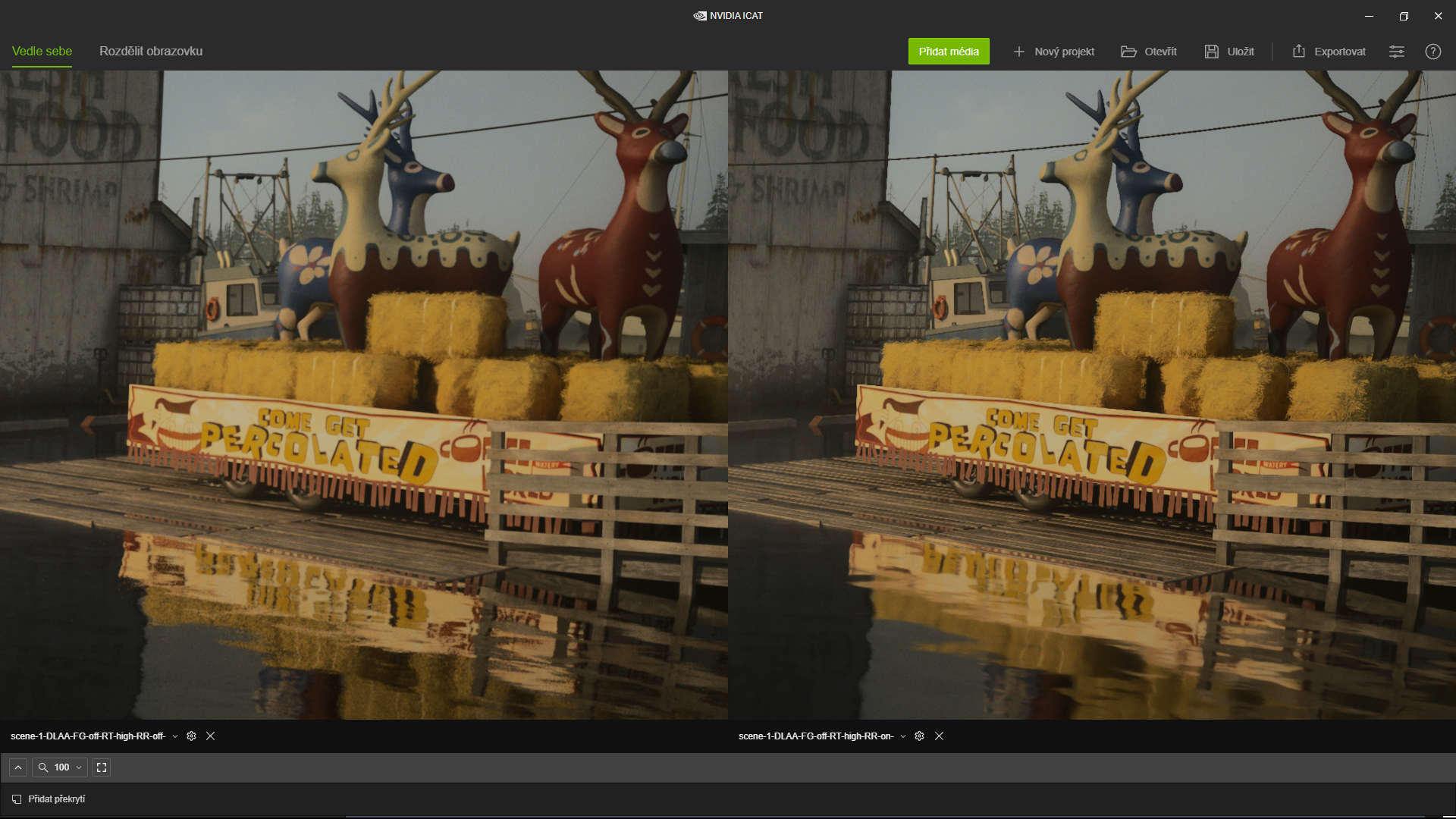
Here again you can see that switching on Ray Reconstruction (right) smoothens the image in the water, which without Ray Reconstruction (left) shows the aforementioned graininess, probably due to aliasing caused by low resolution. This is quite evident in the comparison of the straw bale reflections, which do not match their conception above. On the other hand, not everything is ideal in this screenshot on the right, you can clearly see the heavy aliasing on the wires, which are completely smoothed out and rendered with a clear sharp line in the left image, whereas on the right the DLAA anti-aliasing failed to join them and they remain jagged and intermittent in ugly ways. However, this may not be a defect of Ray Reconstruction. These artifacts are caused by the failure of temporal anti-aliasing and reconstruction, which are handled by DLAA (and DLSS). These artifacts sometimes appear, sometimes disappear, during motion. So it might rather be bad luck that the temporal aliasing mechanism (within DLAA) faltered exactly in this time ad place.
These flaws, the associated shimmering and temporal anti-aliasing artifacts are most apparent when you see the game in motion, comparing just still images doesn’t capture the whole reality of this problem.
The second scene
In the second scene, Ray Reconstruction seems to have less benefit, but this may be because although we are looking at a large reflecting surface in the scene, which should be the ideal place for ray tracing quality demonstration (and Ray Reconstruction should have big benefit), there is the problem that the reflected objects are relatively dark, low contrast, and thus there is not as much chance of noticing details in them.
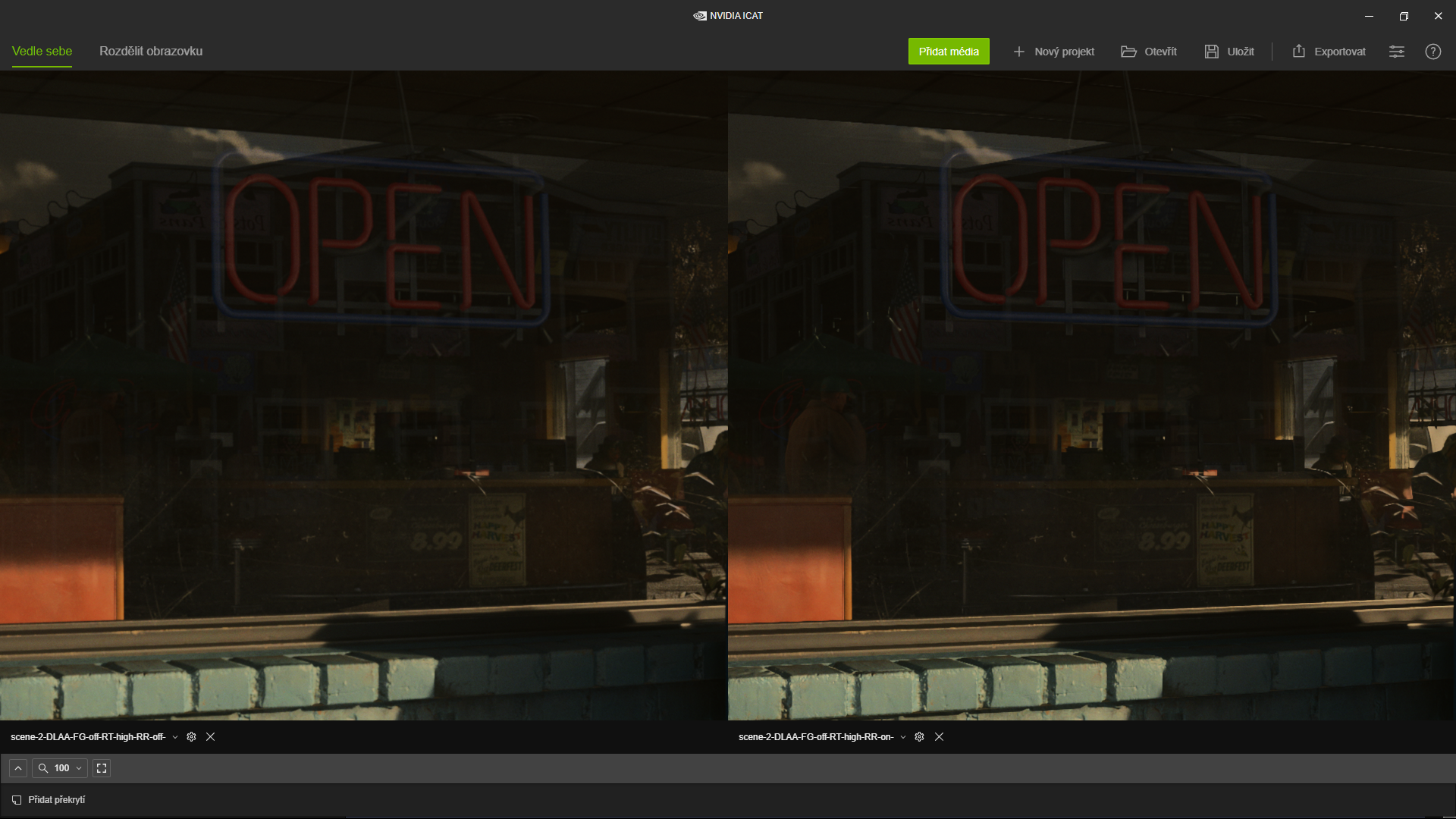
Even so, it seems that with Ray Reconstruction, sharper contours can be seen on the building which can be seen in the reflection on the café window. It is noticeable that with Ray Reconstruction, the wires that are reflected on the glass are better preserved and their thin line is less visible on the left. On the other hand, with Ray Reconstruction, the aliasing (jagged lines including those mentioned wires) again appears here.
To illustrate the importance of ray tracing for reflections, here’s what this scene in Alan Wake II looks like when ray tracing is turned off.
The article continues with further chapters.
- Contents
- Visual analysis I
- Visual Analysis II
- How we tested
- Game performance tests...
- ... and power consumption tests
- Conclusion





